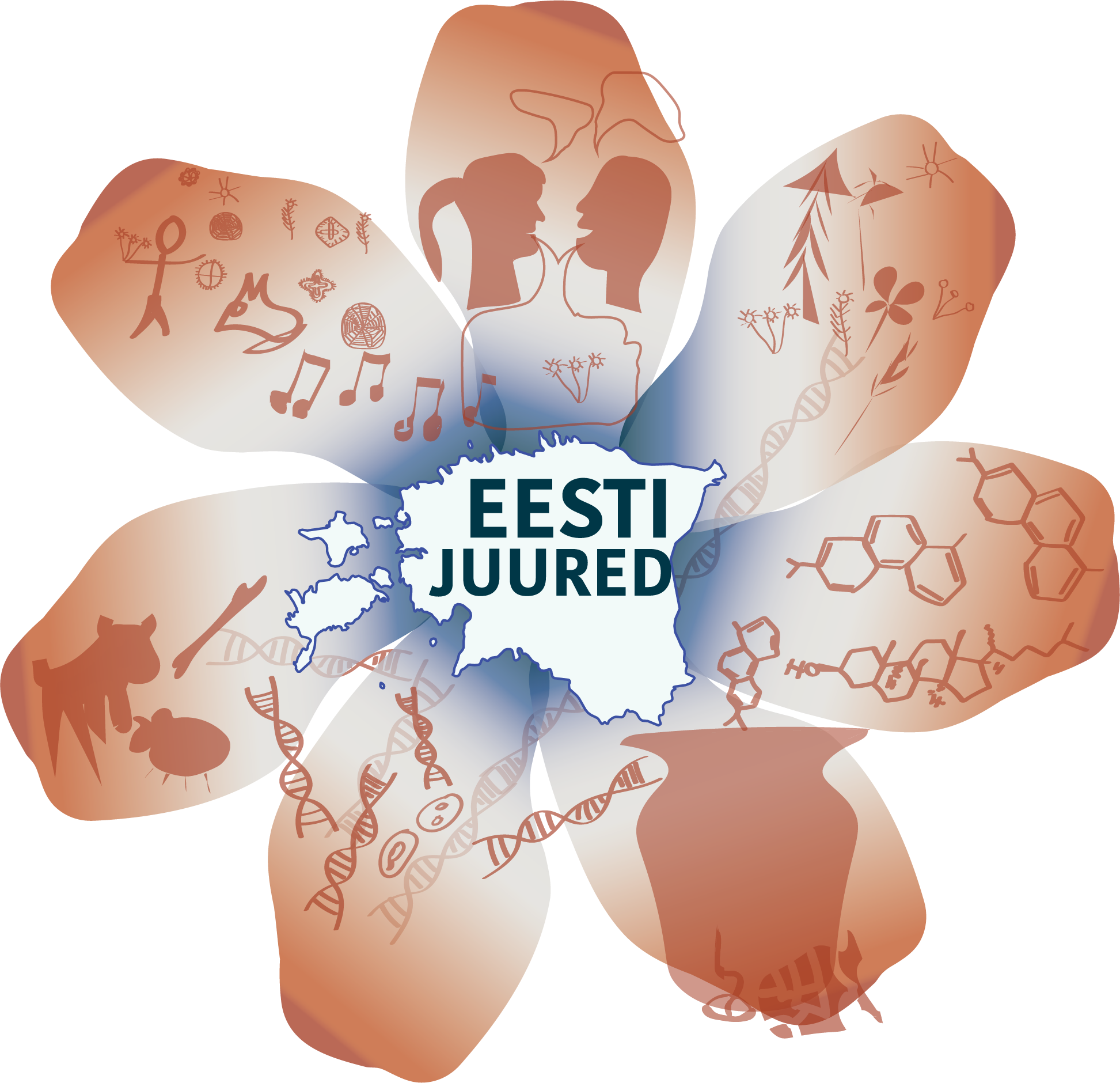Demographic processes have an essential and direct influence on the development of languages. The strong growth of a population in a certain region often leads to overpopulation and this, in turn, can be the cause of emigration. When advantageous conditions coincide, such a development can bring about the territorial expansion of a group of people speaking one language and the expansion of language. In an opposite case, when the demographic multiplicity of a certain region decreases drastically and contacts between people of its different parts become sparce, the consequence may be the divergence of a language into dialects and the emergence of daughter languages. The decrease and isolation of contacts naturally hasten also the development and deepening of other cultural differences.
The event that could have had a certain accelerating influence on the divergence of the Late Proto-Finnic language and culture was the climate anomaly of a couple of years that began in 536 AD. The anomaly was likely caused by dust that burst from an immense volcanic explosion that darkened most of the northern hemisphere from sunlight. This catastrophe brought about a multiyear failure of crops, famine and great mortality. The mortality could have been amplified by the Justinian plague that broke out in 541 AD, which during the course of a few hundred years ravaged a large part of Asia and Europe. So far, concrete evidence of this plague has not been found in Estonia or its closest neighbouring regions, although Stone and Bronze Age findings of the plague bacteria Yersinia pestis make the reach of also this wave of plague to the shores of the Baltic Sea rather likely.
The crisis of the 6th century is fully visible in the archaeological findings of Estonia: the amount of sites (especially graves) and findings decreased significantly and later recovered relatively slowly. A certain reaction among the archaeological findings is fairly well traceable all around in the neighbouring regions (especially Gotland). Contemporaneously in Finland, this does not stand out so clearly, the reason of which having been assumed to be the local population's lesser dependency on grain agriculture.
The climate anomaly and the possibly following plague were not the direct reason for the divergence of the Late Proto-Finnic language and culture. Rather, these catastrophes only accelerated processes of divergence that had already begun.


